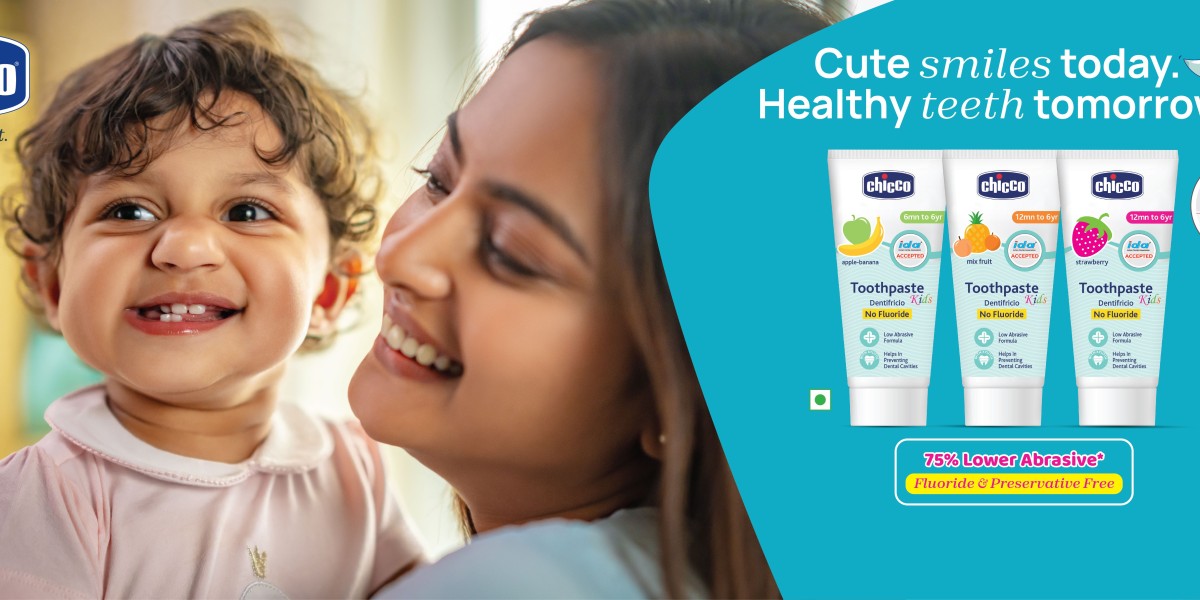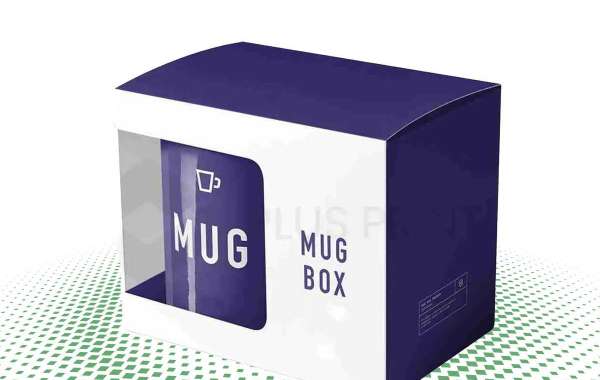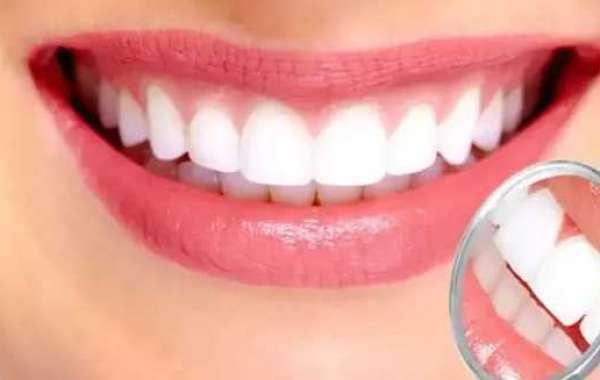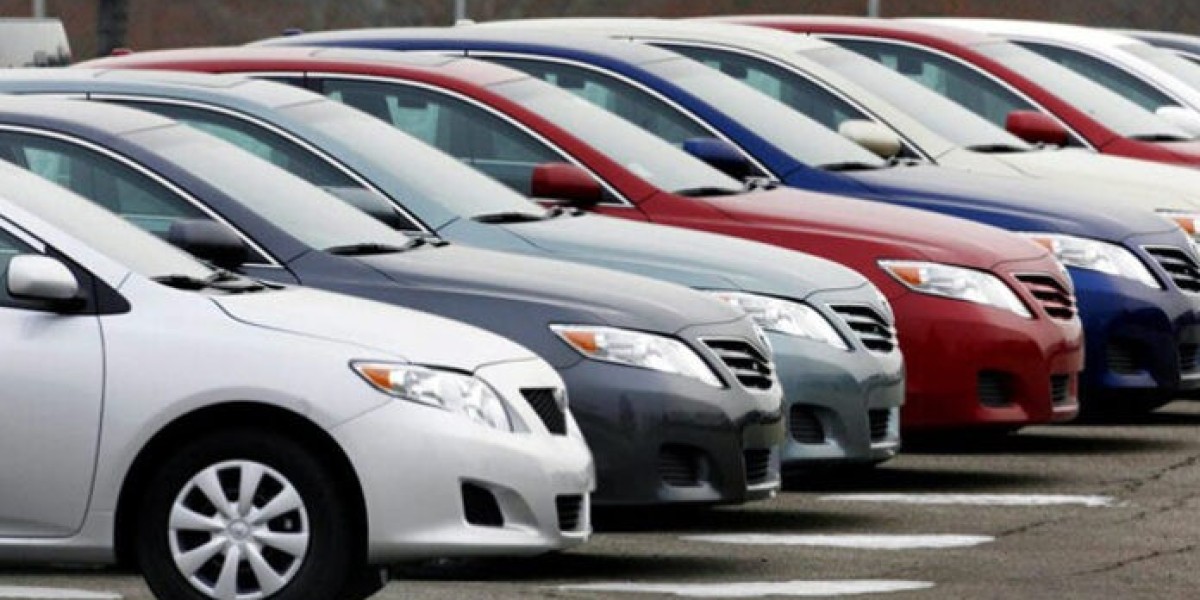Choosing the right baby car seat is one of the most crucial decisions parents make for the safety of their little ones. With the increasing awareness of child safety in vehicles, it’s important to understand the various safety standards and regulations governing car seats in India. This knowledge helps parents make informed decisions that ensure their child's safety and comfort. This article will explore the top safety standards to consider when selecting a baby car seat in India.
1. Indian Standard IS 13450:2018
The Indian Standard IS 13450:2018 specifies the requirements for the safety and performance of child restraint systems for use in motor vehicles. This standard is designed to ensure that child car seats are tested for:
Crashworthiness: Car seats must undergo rigorous crash testing to ensure they can withstand forces during a collision.
Material Safety: The materials used in manufacturing car seats must be non-toxic and free from harmful substances.
Durability: Car seats should maintain their integrity and performance over time, even under normal use.
When shopping for a baby car seat, look for IS 13450:2018 certification to ensure that the product meets these safety requirements.
2. European Standard ECE R44/04
While the IS 13450 standard is specific to India, many car seats available in the Indian market are also certified under the European standard ECE R44/04. This standard outlines the requirements for child restraint systems, including:
Safety Testing: Car seats are subjected to various crash tests that evaluate their performance in different impact scenarios.
Weight Classification: The ECE R44/04 categorizes car seats based on weight groups, ensuring that the seat is appropriate for the child’s weight and height.
Installation Guidelines: The standard provides specific guidelines for the correct installation of car seats to maximize safety.
Choosing a car seat that meets ECE R44/04 standards can provide added reassurance regarding its safety and effectiveness.
3. ISOFIX System
The ISOFIX system is an internationally recognized method for installing child car seats without the need for seat belts. It uses anchor points built into the vehicle to secure the car seat directly to the car's chassis. Key benefits of ISOFIX include:
Stability: ISOFIX car seats are less likely to move or shift during a collision, providing an extra layer of protection.
Ease of Use: The ISOFIX system simplifies the installation process, reducing the chances of incorrect installation, which can compromise safety.
Compatibility: Many new cars in India come with ISOFIX anchor points, making it easier for parents to choose a compatible car seat.
When shopping for a baby car seat, consider choosing an ISOFIX-compatible model to ensure a secure fit in your vehicle.
4. Five-Point Harness System
A five-point harness system is considered one of the safest ways to secure a child in a car seat. This system features:
Two shoulder straps: These straps should be snug and comfortable against the child's shoulders.
Two hip straps: These prevent the child from sliding out of the seat in the event of an accident.
One strap between the legs: This strap keeps the child securely seated and prevents them from slipping out.
Look for car seats equipped with a five-point harness that is adjustable to accommodate your child's growth while providing maximum safety.
5. Side-Impact Protection
Side-impact collisions can be particularly dangerous for young children, as their bodies are more vulnerable. Many modern car seats are designed with side-impact protection features, which include:
Energy-absorbing foam: This material helps to absorb forces in a collision, reducing the impact on the child.
Reinforced side wings: These structures provide additional protection to the child's head and neck in the event of a side collision.
When selecting a baby car seat, prioritize models that offer robust side-impact protection features to enhance your child's safety.
Conclusion
When it comes to choosing a baby car seat in India, understanding the safety standards and features available is crucial for ensuring your child's safety during travel. Always look for car seats that meet the Indian Standard IS 13450:2018, as well as other recognized standards like ECE R44/04. Additionally, consider the benefits of ISOFIX systems, five-point harnesses, and side-impact protection. By making an informed choice, you can provide a secure and comfortable travel experience for your little one, giving you peace of mind on every journey.










